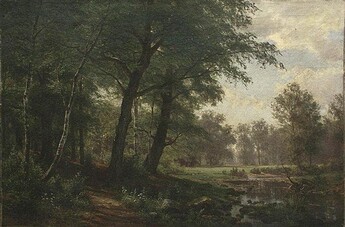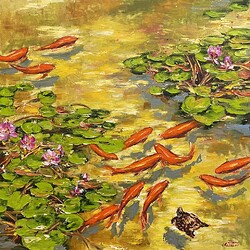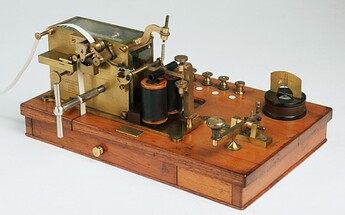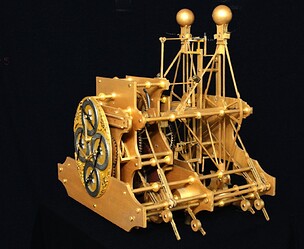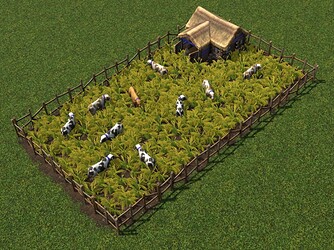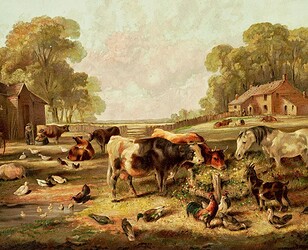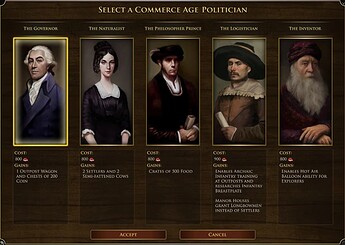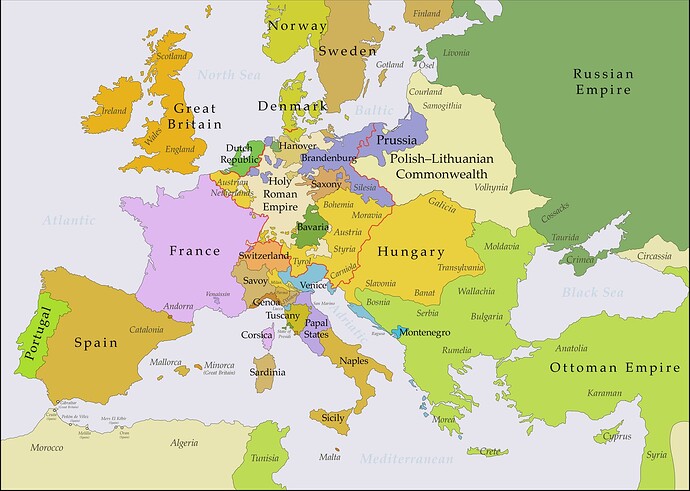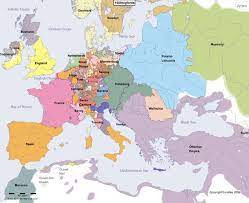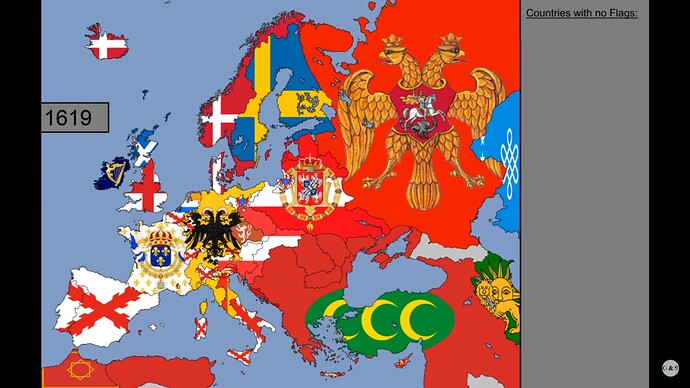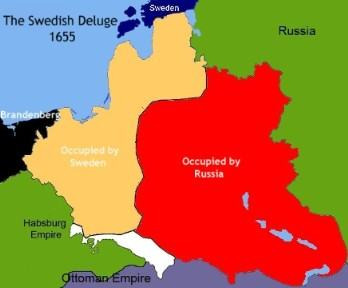Hello, I always wanted to talk about this and I think it deserves a dedicated forum. Although these things are never present in the game, it is an interesting topic and a very open discussion. It is worth considering the possibilities of these mechanics that should have been incorporated into the game throughout its life so that they could be balanced and adapted appropriately, but sadly they never happened.
However I think that in the future a deeper rework could be done to make these new features fit properly and so I want to propose what they could potentially be like and I want to see what you think and propose about it.
I’m aware that this would add to the complexity of the game, but personally it doesn’t bother me. I think we can readjust.
If they consider that this is too much for Europeans, I would propose to compensate for other civilizations with emblematic buildings. For example, the Aztecs and the Incas could build temples that would give them news improvements.
I am also enthusiastic and believe that in the future we could receive an sequel of AOE inspired in AOE-3 where these kinds of features could be included properly from the game’s creation and not abruptly in the future.
I clarify that this is not a request to implement in the game, but a concept to consider.
Without further ado let’s get started.
University

A building that is present in some modifications such as ‘Napoleonic era’. It is a building present in the late game with powerful technologies and units.
I will propose some technologies that could be present in this building:
Forestry
- Allows you to create a lumber crop in exchange for 1500 of each resource. Once planted, villagers will be able to harvest 10,000 wood from it. (Once exhausted you can re-create)
The Leading Role of German Forestry:
Summary
Toward Industrial Silviculture
A great development of forestry occurred in the nineteenth century, when some
important German foresters, particularly H. Cotta, G.L. Hartig, and C. Hundesagen, had
a decisive influence on the progress of forestry management, silviculture, economics,
and statistics or mensuration. They published several books and articles that were
translated into other languages, such as Heinrich Cotta’s Principles of Forestry Science,
a sort of encyclopedia that was used as a textbook in many forestry schools and
university courses of the period. Forestry became well developed and was organized
into several branches: silviculture, protection, technology, management, watershed
control, and forest mensuration and assessment, to list the main ones.
Compared to the eighteenth century, when forestry was limited to the study of better
ways of ensuring natural regeneration or selectively cutting stands in shelter wood
systems, forestry from the middle of the nineteenth century strongly favored the
economic approach to attaining the maximum forest rent. Martin Faustmann published
an elegant method of calculating this in 1849 that envisaged an infinite series of
rotations of the same length. M.R. Pressler developed its application to silvicultural
decisions in 1860. The creation of pure, even-aged conifer stands in the place of mixed
broadleaf stands, area regulation, a balanced distribution of age classes in the normal
forest ideal, a definite rotation length, and the search for a maximum, annual constant
yield, became the canons of forest management.
Aquaculture
- You will receive a shoal at the Naval Meeting Point with 10,000 foods in exchange for 1,200 food and 1,200 coins. In maps without a destination of naval metropolis, you will see a building that becomes a fish farm pool where you can work infinitely to obtain food from fish, but some villagers can only work.
Summary
Freshwater fish farming was further developed during the Renaissance. Several treatises were published, providing details on pond construction and management techniques, the choice of species to farm, their diseases and their diet. Carp dominated the artificial ponds of Eastern Europe. Emperor Charles IV ordered many such ponds to be built in Bohemia, what is now the westernmost region of the Czech Republic.
Artificial breeding was discovered in Germany during the Enlightenment, but it was not until the 19th century, an era of rapid industrialisation, that anyone paid much attention to it. In a hundred years, industry changed the European landscape. Pollution caused fish populations to diminish and dams and irrigation canals obstructed the migratory paths of some species, such as salmon. To combat this dramatic decline, artificial breeding research focused on trout farming, and researchers managed to master all stages of the process, from fertilisation to egg storage and transportation, pond farming and releasing fish into the wild. Hatcheries appeared all over the West and, in the 1860s, trout and other salmonids colonised rivers around the world, in the United States, India, New Zealand and even Japan, one of the first producers of edible seaweed.
Telegraph
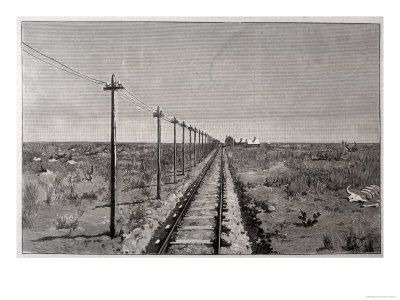
-
Unlocks an additional trade route upgrade (Telegraph). Shipments arrive faster and cost less experience depending on the TP you control (-5% experience/time for route TP).
-
This improvement affects all trade routes on the map, so it can be investigated by other civilizations that do not have a university. For example, the Aztecs could investigate it in a trade route TP or they will simply benefit if they are on the same route improved by the opposing team.
-
It would be interesting a visual change in the commercial routes where a network of cables parallel to the railway appears and I think that this can be applied currently in the game.
Summary
Telegraphy is the long-distance transmission of messages where the sender uses symbolic codes, known to the recipient, rather than a physical exchange of an object bearing the message. Thus flag semaphore is a method of telegraphy, whereas pigeon post is not. Ancient signalling systems, although sometimes quite extensive and sophisticated as in China, were generally not capable of transmitting arbitrary text messages. Possible messages were fixed and predetermined and such systems are thus not true telegraphs.
Vets
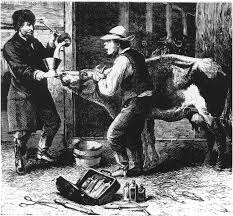
-
‘Pet’ and cavalry type units cost 10% less, and passively heal over time when not in combat (even if active).
-
Cattle are 25% cheaper, increase their fattening cap by 10% (the fattening time does not increase despite increasing the cap). Also fattening 20% faster.
Summary
By Harry Schenawolf , author of the Shades of Liberty Series about African American soldiers in the American Revolution. Veterinary medicine owes much to mankind’s infatuation with the horse that helped finance and advance its development from amateur status to scientific discovery. It also benefited from strides in human medicine, in sorts, becoming a sister that was brought along through new methods of exploratory dissection and diagnostic expertise leading to the evolution of medicines and their use in cures. However, schools that trained doctors to treat humans were established long before institutions that advanced the study of animal care. The first schools for vets did not appear until the 18ths century in Europe and not in America until the later part of the 19th century. Before then, animal care had remained in the realm of the amateur. It was considered an expected chore best administrated by the farmer, horse breeder, or often illiterate ‘farriers’ (for horses) or ‘cow leeches’ (for other livestock). These were often local farmers who, after years of experience, decided they could make extra wages by hiring themselves out as ‘experts’ in animal care. Anyone could declare themselves a farrier which too often led to ‘quacks’ and conmen convincing farmers and even noblemen with large stables of horses that they knew best. As to colonial America, the first true vet, an immigrant from Prussia, did not set up shop until 1817. Prior to then, all the needs of livestock was handled by the aforementioned farriers or cow leeches.
Marine chronometer
- Boats with higher speed and visual field. Ships, troops and supplies from the metropolis arrive faster. In addition, naval/river trade routes give 20% more resources.
Summary
A marine chronometer is a precision timepiece that is carried on a ship and employed in the determination of the ship’s position by celestial navigation. It is used to determine longitude by comparing Greenwich Mean Time (GMT), or in the modern world its successor Coordinated Universal Time (UTC), and the time at the current location found from observations of celestial bodies. When first developed in the 18th century, it was a major technical achievement, as accurate knowledge of the time over a long sea voyage was vital for effective navigation, lacking electronic or communications aids. The first true chronometer was the life work of one man, John Harrison, spanning 31 years of persistent experimentation and testing that revolutionized naval (and later aerial) navigation and enabling the Age of Discovery and Colonialism to accelerate.
The term chronometer was coined from the Greek words χρόνος (chronos) (meaning time) and meter (meaning measure) in 1713 by the English cleric and scientist William Derham.[1] It has recently become more commonly used to describe watches tested and certified to meet certain precision standards.
Vaccine against smallpox.
- Land units (except artillery) with 5% more resistance points.
A Brief History of Vaccination.
Dual purpose cattle
- Now your villagers will be able to extract resources from cattle without having to sacrifice them, in exchange for a periodic reinvestment of resources. Milk (food) from cows and the like, and wool (coins) from sheep and the like.
In this forum, which I am sure many already know, I talk about this in a more dedicated way: [Suggestion--rework] 🐄 <Double Purpose Cattle of Europe> 🐑
This is a gameplay feature that I would like to see more expanded at some point.
Summary
Dual-purpose cattle systems (DPS) are defined as those where milk and meat are produced simultaneously, cows are partially milked, the residual milk is consumed by their calves, feed is mainly based on grazing
I could expand the list even further, but it would be very long, since an enormous amount of discoveries and inventions took place at this time.
However, this building could be used to assign and reclassify existing things, for example:
The cards that unlock surgeons

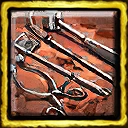
The hot air balloon.
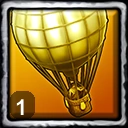
Medicine.
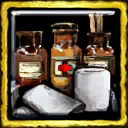
Livestock cards:
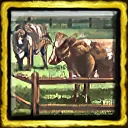
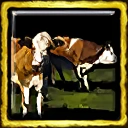
Many more things could fit here, but I leave it to the imagination of each person.
If Europeans ever have access to universities, the imperial-era politician ‘The Inventor’ could give a couple of exclusive upgrades to each civilization.
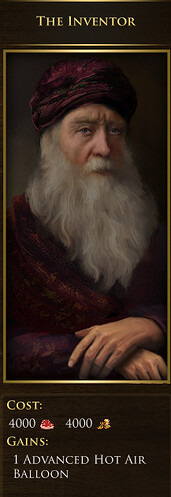
4th European resource
What could be and how it works or would be implemented?. This feature is even more likely that it never happens at some point in the game, but as I said at the beginning, it is only to see how it would work if it was implemented. I just like to speculate.
Currently many civilizations have a fourth resource:
Pre-Columbian civilizations (Plaza) It could be said that it is a council.
Asian civilizations (export)
African Civilizations (influence) A kind of local African currency.
But European and postcolonial civilizations do not have this resource, although they do not need it either. However, post-colonial civilizations (United States and Mexico) have federal cards that could be said to fulfill this role. If Mexico and the United States ever have a fourth resource, they would be very complex to manage, but on the other hand, it is not so unreasonable to think about it.
In my little knowledge in this regard, I will propose what kind of concepts could work as a fourth European resource:
Politicians
The politicians who are unlocking as you advance age give you a passive bonus, so in total 4 passive bonuses. These passive bonuses will be available in the Capitol from age V, and you can only use one at a time (1/4). These bonuses would consume coins and experience.
For example:
I choose the ‘the naturalist’ politician. He makes the resources extracted from natural resources, livestock and crops obtain faster.

The Admiral of the Ocean Sea Increase caravel limit by +1 and ships have 5% more attack.
These functions are similar to the Japanese gold pavilion, or the Community Square of Pre -Columbian civilizations.
It could be a good way to carry out a way of making politicians more interesting as it is mentions here: Update Politicians to include underutilized game mechanics
“Metropolis in reverse”
I could simulate a situation where instead of receiving support from your main city, you get benefits from other colonies that would make sense in real life. For example:
You get a building similar to the embassy, here you can choose 1/4 options, and you can access technologies and resources from that distant colony. It could be a system similar to the Imperial Council of Ottomans in AOE-4 with an isolated progression system to conventional experience.
It could function as a kind of knowledge exchange between regions, for example:
When making alliance with a local population, the “distant colonies” will give you knowledge of the lands in which they are at that time, for example the Ottoman civilization obtains an improvement of the African natives, for each improvement investigated with a real house. Investigating these technologies would consume some resource such as ‘regional prestige’ or something like that. This resource is obtained when building TP on commercial route and TP of local populations, but more of the native TP is obtained.
Spices
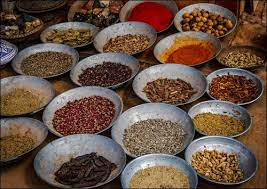
I don’t know how I could work. It could work similar to the export of Asians, where Europeans exchange spices in exchange for Asian technologies and troops. It is obtained by commercial routes, native TP (except real houses), coffee crops, cocoa, etc. (Implication of new types of culture).
For example, Ottomans could obtain Indian zamburaks, the Dutch could obtain the samurais and Ashigarus, etc.
Hydrocarbons
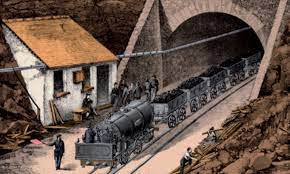
It could be a strategic resource that Europeans could extract to carry out industrial progress. It would be an exclusive resource of these civilizations, and you would get these resources through trade and special constructions. The only resource that I think could work for this new resource would be whales (although I don’t know). This resource would be represented by: carbon, whales and oil.
It could work to improve the commercial route to ‘iron horse’, make improvements in arsenal and make factories more productive. It would serve to build special warships such as dreadnought.
Science
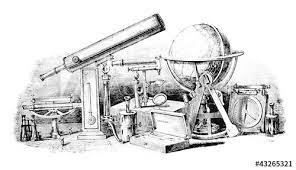
Here I could fit the university. You get research points by having engineers and/or scientists that are guided in Universidad.
Technologies in university cost research points, more research points can be opposed when investing coins/experience in university. University In addition to the available technologies, they have some passive bonuses that consume research points. What could these passive bonifcics be?:
Botanica: More productive crops.
Engineering: more resistant buildings and ships.
Medicine: more resistant earth units.
Geology: The University generates ‘gold mines’ carts passively, and reveals all the mines of the map. Improved extraction 5% of mines.
As they could see it would be too complex to implement, but I feel it is worth talking about this.
What do you think of the university?
What do you think of the fourth Europero resource?
What could be the fourth European resource and what role would play?
I am curious to know what they think so I will do a survey:
Would you like to build universities?
- Yes. Assuming that it will be balanced.
- No. It is too much and the game is fine like this.
0 voters
Would you like a fourth European resource?
- Yes. He needed a long time ago.
- No. Too complex and also is not necessary.
0 voters
